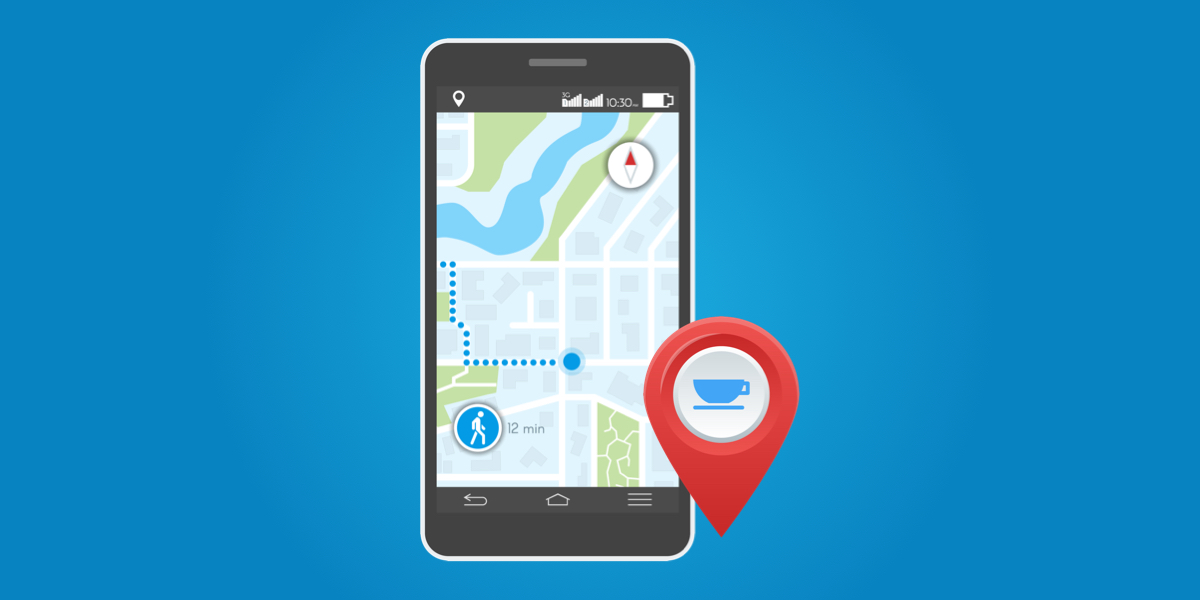The mobile app development industry is taking the world by storm, with the new technologies trending across the market. Geolocation is one such trend that is predicted to reach a revenue of $40 billion by 2024 for the location-based service market, according to MarketsandMarkets report.
Geolocation applications open up new opportunities for entrepreneurs to explore. They are also a gateway for the service industry to improve customer experience and interact with their user base. The rising number of location-based apps, like on-demand service apps, is proof that geolocation is quintessential to survival in the mobile app market.
How to Create a Location-Based App
According to the 2018 statistics, 74% of US residents use location-based service apps, and almost 90% of smartphone users leave their geolocation feature switched on. Meaning, GPS-enabled applications are the most profitable in terms of user engagement and monetary benefits.
So, here’s what you need to know about how to build a GPS app:
Explore the Market
The crucial aspect of mobile app development is researching the market for your app idea. Observe the competition to study how they interact with their audience and their users’ review for the app.
Researching will also help you identify the market gap, so you know what your target audience needs, whether the app will benefit the users, and highlight your unique selling point.
Find Your Tech Partner
Your tech partner is the developing company that will bring your location-based app idea to life. When choosing a reliable developer, compare the quality-price ratio, their experience, portfolio, and client reviews.
Their portfolio will show you if they have experience developing a GPS-enabled application, are familiar with the particular geolocation technologies, and more. It will make the development process much simpler if the company understands the perquisites of location-based app development.
Decide on the Tech Stack
To ensure the app helps you reach your business goals, decide on the features, geolocation technologies, and the tech stack.
Most often, geolocation apps use Google Maps SDK. With iOS apps, however, you can also use the native MapKit by Apple. Other options include Wi-Fi, cellular networks, or Beacons to pinpoint the users’ location. For Web apps, HTML5 geolocation API is the tool that developers use.
Work out the App Functionality
Most geolocation apps have similar core elements, including map view, user location detection, route mapping, and finder for ‘places near me.’ A fully-functional app will have many other features depending on the purpose of your app.
However, for the first version, it's better to keep the number of features to a minimum. Separate the elements that are essential to app function for your MVP, then add new updates based on the success of the app in the market and the users’ needs.
App Security
Ensuring data protection is of utmost importance for any app if you want your users to trust your brand. Location-based apps track and share the users’ location. The idea is great for personalized advertisement, but it puts the users at risk of stalkers. So, security is a priority for geolocation apps.
Consult with data protection lawyers, and make sure the development company follows the steps below to secure your GPS app:
Use multi-factor authentication
Integrate end-to-end encryption and use an SSL certificate, Network Security Configuration for Android apps, or App Transport Security for iOS apps.
Avoid storing sensitive data on users’ devices. Alternatively, encrypt the data with algorithms like AES-256 or RSA.
Design
The designing stage is where you put pen to paper and visualize your idea. It’s also a way to validate your concept. Create a detailed wireframe for your app via online Wireframing tools and share the interactive prototype with investors to test the user experience and functionality of your app.
Development
The development stage is where your idea comes to life. Top development companies employ the use of Agile Development methodologies for fast, manageable, and predictive processes.
Before launching the feature-rich location-based app, start with designing an MVP. The MVP is a minimum viable product with only the core characteristics that are vital to app function. It will help validate your idea, provide user feedback, and test the user experience of the app.
Test and Launch
Quality Testing is crucial to remove bugs and improve code quality. Usually, developers consider QA testing as the last stage of development after writing the code. However, test-driven development is more effective and time-saving.
After testing, release the app onto both app stores, Google Play Store, and the iOS App Store.
Ideas for Geolocation Applications
Now, we’ll discuss some ideas for location-based applications:
Event Apps
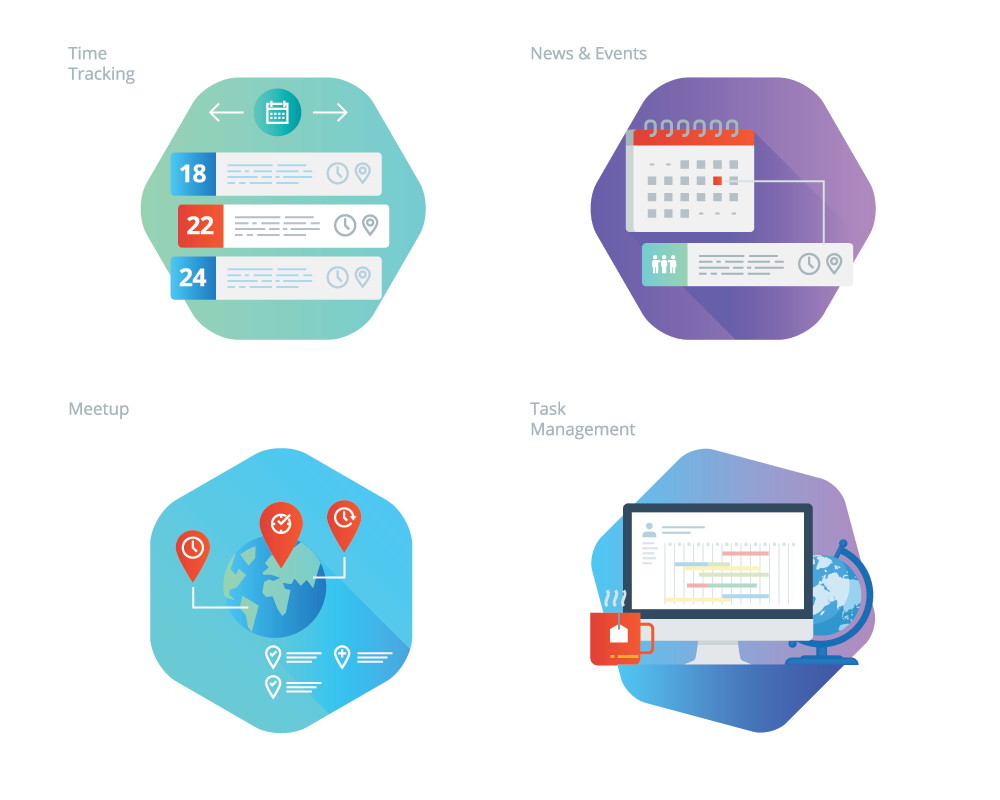
Event apps are one of the geolocation applications that have made life convenient for young and experienced professionals as well as average folks.
Mobile apps make our smartphones a gate to a more convenient and friendly world with geolocation features removing geographical boundaries, connecting people from everywhere. Event apps, for example, help individuals connect with people attending the same event.
The GPS-enabled app can help attendees find the location of the event, automatically check-in when they enter the building, and more. The in-app chat feature also allows attendees to interact before the event to exchange insights.
The hosts, on the other hand, can benefit by viewing how the attendees are navigating around the event by tracking the location of mobile devices.
Health and Fitness Apps
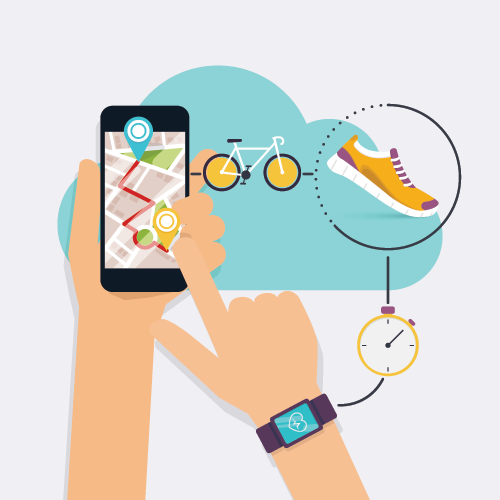
Fitness tracking apps also make use of the geolocation feature. Many smartphone users above the age of 18 download fitness apps to maintain their health and track their progress. Meaning not only are fitness apps a smart investment for brand marketing but also immensely profitable for the developer.
The geolocation feature within these apps helps individuals track a variety of sporting activities like cycling, swimming, and running. These location-based applications access the device’s GPS to map routes, track speed and even connect with other fitness enthusiasts out for their run.
Dating Apps

Mobile apps make finding one individual in a crowd of billion people a breeze. Dating apps are another idea for geolocation applications.
GPS feature in a dating app will help individuals connect with their potential partners outside the two-dimensional screen. It enables apps like Tinder and Happn to notify users if their match is in their vicinity. Meaning, individuals can meet and greet at any moment if they want without going out of their way to plan a date. Additionally, the real-world experience improves the user experience of the app, making socializing more exciting.
On-Demand Services
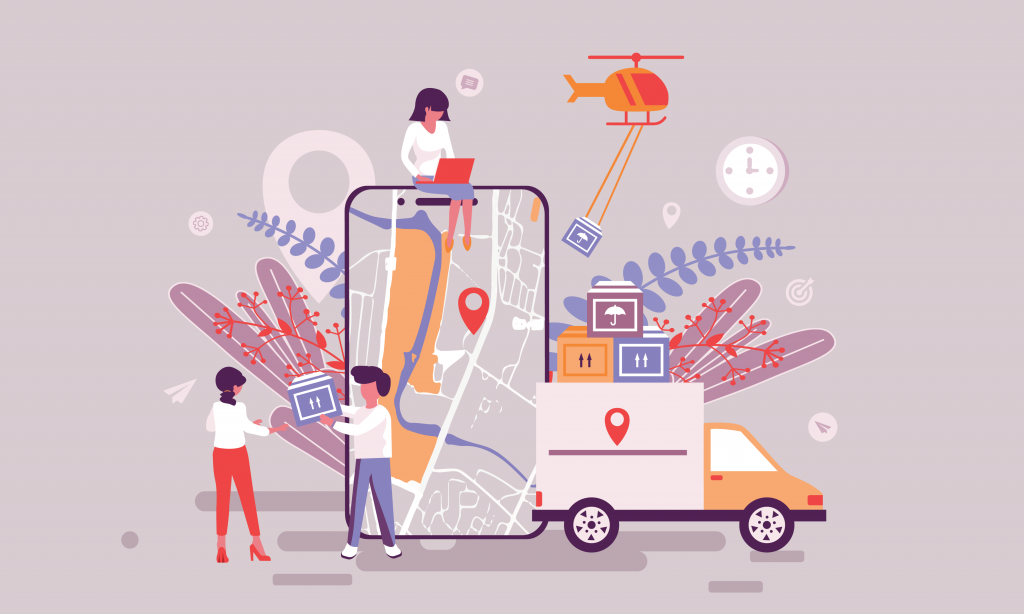
For all on-demand service apps, geolocation is the uniting feature. Drivers need to know the users’ location for home deliveries of goods, including food, groceries, parcels, and more.
In taxi apps like Uber, for example, the GPS enables users to share their pickup and drop-off location with the driver. Additionally, the fare per ride is calculated based on the distance traveled, which also uses the geolocation feature.
On-demand mobile apps make everyday lives easier for students, professionals, and the average citizen. So, if you’ve got an idea for an on-demand app, then geolocation is a necessary feature.
Booking & Travel Apps
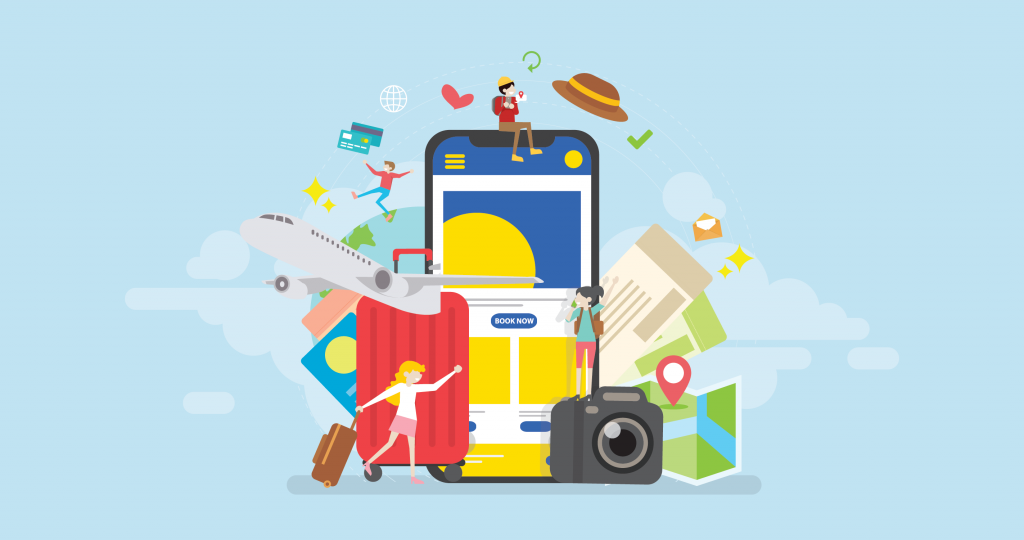
Booking and travel apps use geolocation to point out the nearest restaurant or hotel for any traveler. Even local people can use them to find eateries, entertainment places, or other items in their vicinity.
A travel app is a profitable investment for mobile app development. For individuals who like to plan their itinerary for the tiniest details, location-based apps can show them where to stay, what to see, where to visit, and what to eat. Personalized recommendations and directions within the app will improve user experience and make the journey hassle-free.
E-Commerce Applications
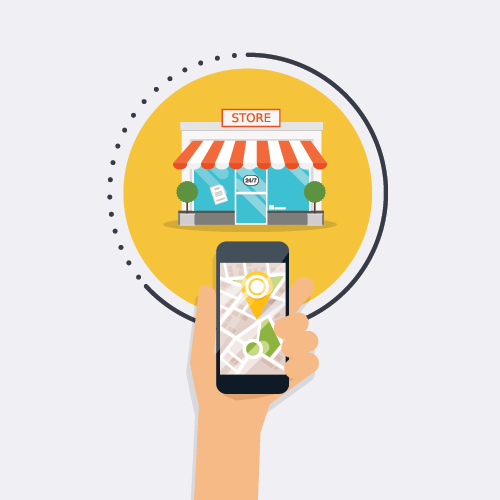
The e-commerce industry is another sector that has an immense need for geolocation applications. Both users and businesses can benefit from the integration of GPS features within mobile apps.
Users can keep track of their orders, from when it would get shipped to the time it will reach their door. Geolocation also helps calculate extra shipping charges per delivery.
The e-commerce businesses, on the other hand, can benefit from location-based apps by tracking the location of the customers to send personalized alerts. For example, if a regular customer spends most of his time at the ballpark, store owners can send notifications for discounts on gloves, uniforms, baseballs, bats, or the complete kits.
Additionally, geolocation can also help individuals find the nearest retail stores like IKEA, Target, and Walmart mobile apps.
Gaming Applications featuring AR Technology
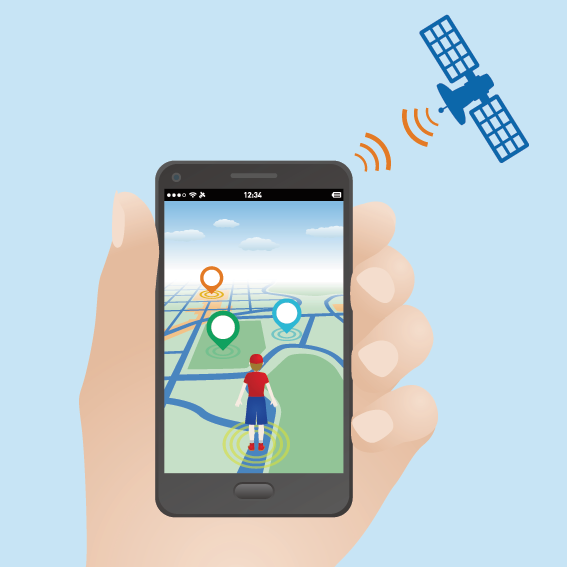
The mobile gaming industry might be the most underestimated sector for innovations in mobile app development. You might think geolocation has no use in the virtual world, but the popularity of Pokemon Go says otherwise. The game is the ultimate example of applications of geolocation and AR technology in gaming.
Combining AR and geolocation offers users a tremendous in-app experience. It gives users a sense of virtual engagement in real-time. So, if you want to develop a gaming app, the integration of geolocation will provide it with a competitive edge.
Augmented Reality Applications
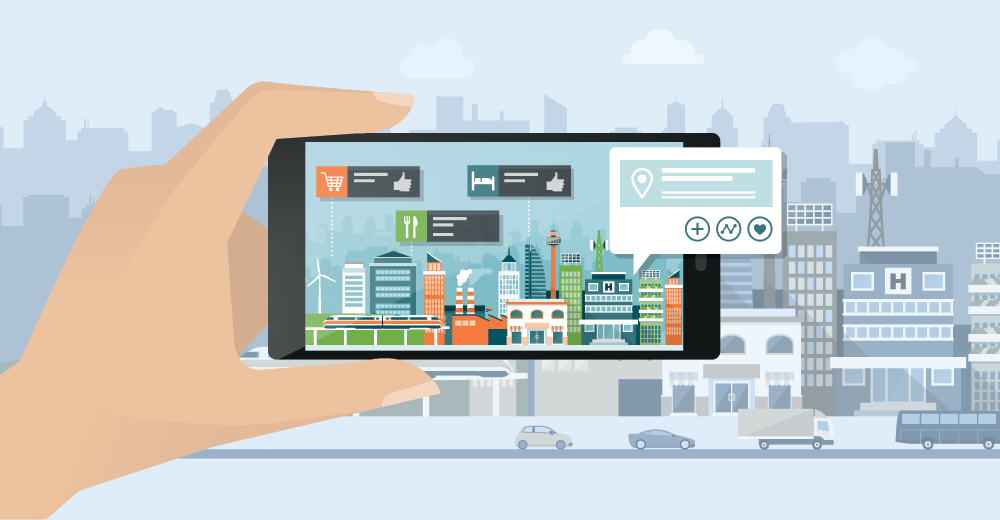
Besides the gaming industry, location-based AR is also applicable for education apps, marketing apps, and even tourism.
The education industry can develop location-based apps to help students work on their geography lessons or astronomy, for instance. It will make studying about the planet and the space more exciting.
Additionally, businesses can leverage AR and geolocation to display promotional offers, ongoing deals, and discounts when a customer points their smartphone camera at the restaurant or retailer.
IoT-Based Applications
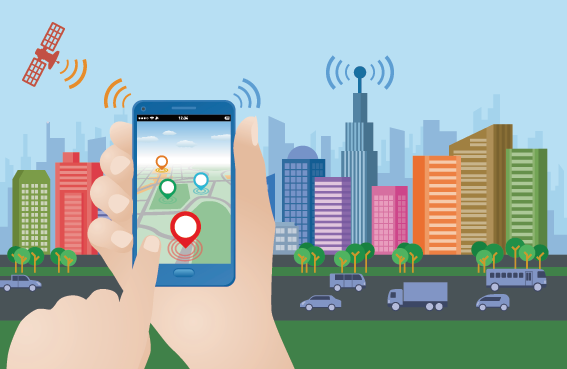
Most IoT apps feature geolocation like fitness apps that track the users’ health in real-time. Other examples of apps paired with GPS-powered IoT devices include security applications for family safety, pet tracking apps, custom tags for luggage.
Additionally, you can make cities smarter with location-based apps that monitor traffic, parking lots, vehicles, and cargo.
Indoor Navigation
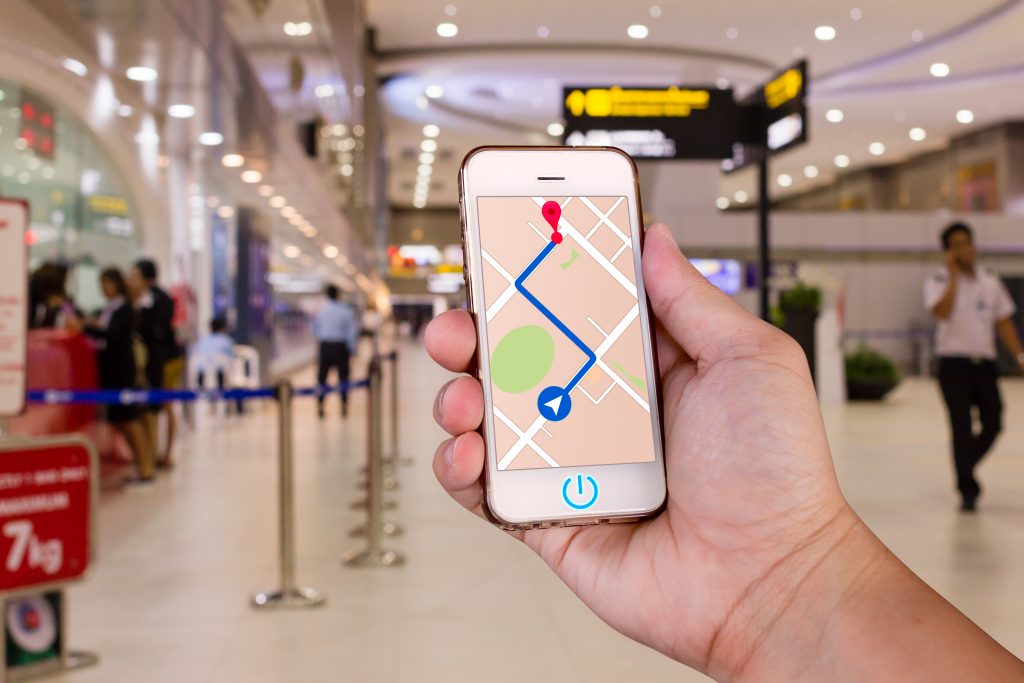
Geolocation is not limited to outdoor navigation. Indoor navigation utilizes a network of BLE devices (Bluetooth low energy), instead of traditional GPS data, but the possibilities for such technology are endless.
Primarily for malls, large resorts, and hotels, developers can create apps that help visitors navigate around the venue, locate bathrooms, pool area, sauna, the dining room, and more.
Build Your Geolocation App with Cubix!
Geolocation has immense potential in the mobile app market. Industries can leverage the location feature to improve customer service and user experience. It can help with navigation, route tracking, and personalized marketing for products and services.
I hope the article gives you an idea for integrating geolocation features in your apps and how to develop your GPS app. Consult with experts at Cubix and step into the mobile app platform with a top-notch geolocation app!
